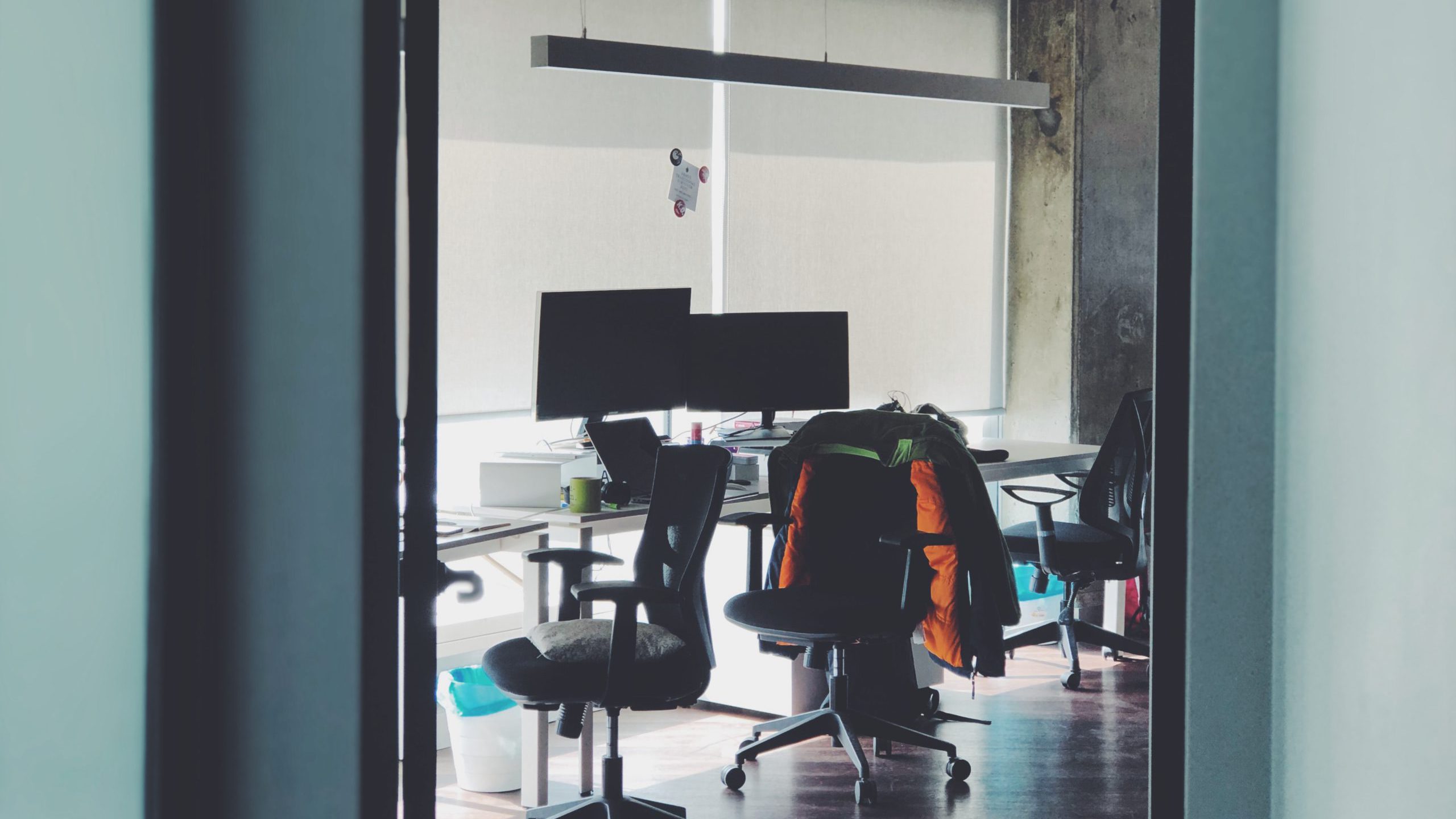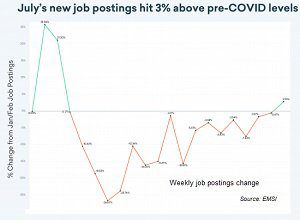As the number of new COVID-19 cases shows signs the growth curve might be flattening, there’s hope some businesses may reopen sooner than many health experts worried just a week or two ago.
Whether that happens at the end of the month, when many closure orders expire, or later, workers will find a changed workplace. At a minimum, they can expect hand sanitizers in lobbies and disinfectant wipes available in restrooms and break rooms. Hugging and handshaking will be discouraged, replaced by elbow bumps or nothing. There may be limits on the number of people allowed in an elevator; meeting attendance will be restricted to maintain social distance.
Already where bunched desking was the rule, office designers and company leaders are discussing what to do to increase the separation between workers.
The New York Times interviewed commercial leasing agents, design professionals and others to learn how the coronavirus is influencing office design and practices and what we can expect as we return to the office.
In the beginning, workers will see familiar signs reminding them to keep their distance and wash their hands. They’ll find maintenance workers wiping down handles and other places often touched. Some companies may stagger workers, having groups alternate days in the office and at home in order to reduce contact.
Remote work will be the most enduring change. Kate Lister, president of Global Workplace Analytics, told The Times she anticipates as many as 25% of workers will continue to work remotely at least a few days a week.
“I don’t think that genie is going back into the bottle,” she said.
If she’s right – and an early survey shows 34% of previously commuting workers are now working from home – it will have profound effects on commercial real estate and office layout. Common areas like lounges, in-house cafes and the like will become more important features as remote workers come in for meetings.
“There will be a higher value around spaces where we come together,” the head of a Seattle architecture firm said.
The virus is also likely to influence how commercial building are constructed. Elevators, lights and even doors may be designed to respond to motion rather than touch. Metals like copper, brass and bronze that have antimicrobial properties may become more common. Ventilation systems will be upgraded to improve their ability to filter building air.
Says The Times, “Those in the midst of planning suggest that the post-pandemic office might look radically different.”
Photo by Cengiz SARI on Unsplash
[bdp_post_carousel]



